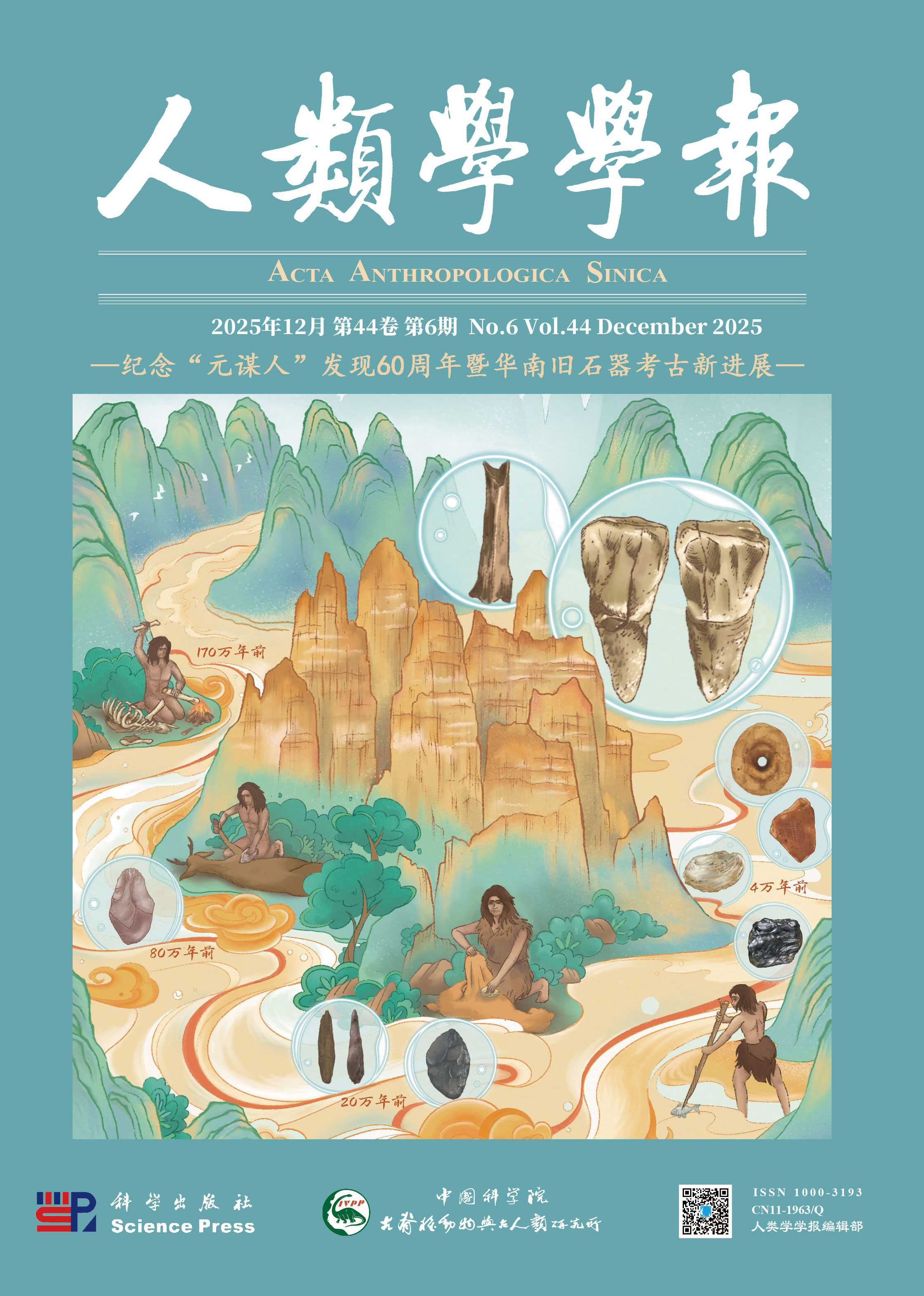Progress in endocast and human brain evolution of Chinese human fossils
WU Xiujie, ZHANG Xuan
2018, 37(03):
371-383.
 Asbtract
(
500 )
Asbtract
(
500 )
 PDF (2664KB)
(
309
)
Related Articles |
Metrics
PDF (2664KB)
(
309
)
Related Articles |
Metrics
Ancient human skull endocasts, known as endocranial casts, preserve surface information of brain morphologies, so they represent direct evidence in the study of human brain evolution. The ZKD Skull III, unearthed from the Peking Man site at Zhoukoudian, Beijing, in the 1920s was the first endocast to be reconstructed and studied in China. Since that time, other human skull fossils collected across China have been studied with regard to fossil appearance and morphological structure, resulting in the reporting of a few endocast studies. The underlying reasons for this lack of endocast studies are for a number of reasons. Ancient human specimens are so precious that destructive analyses are not warranted; broken skulls or intra-skull stratum cement preclude reconstruction of informative endocasts; and technology and research methodologies require further development in order to yield useful data. Recently, the application of high resolution industrial CT and 3D imaging technologies can help researchers virtually to reconstruct internal anatomical structures of skull fossils without damaging fossil specimens. Using these cutting-edge methodologies, the first author has reconstructed endocasts of several ancient human skulls unearthed in China, including Nanjing Homo erectus, Liujiang Man, and so on. Data derived from these studies have permitted us to demonstrate changes in cerebral morphological characteristics of ancient humans in China throughout the course of human evolution. Specifically, by exploring cranial capacity, gyrus features, brain asymmetry, and brain surface impressions of arterial and venous blood vessels, as well as brain sizes, shapes, and lobe proportions, morphological changes of the ancient human brain can be visualized across time. Thus, endocasts of important ancient human fossil specimens have furthered our understanding of brain evolution. This work should serve as a foundation for future evolutionary studies of ancient humans in East Asia.









